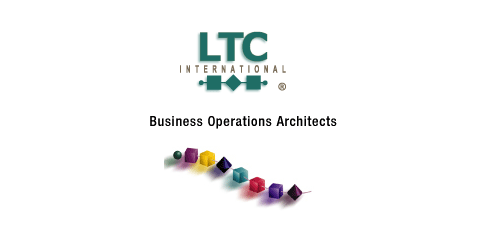|
|

article
page | 1 | 2 | 3 | 4 | 5 | 6 | 7 | 8 | 9 |
a fledgling and mostly academic field of study that will someday, but not anytime particularity soon, lead to autonomic networks. There certainly is much theoretical work left to do, easily years of it. Read the journal articles produced by some of the example organizations below and you might quickly succumb to the viewpoint that we are decades away from complete understanding of AN.
On the other hand, entrepreneurial companies are already trying to implement the early principles and findings of autonomics into their products. Their take is that ‘the characteristics of autonomic networks are so compelling that competitive advantage can be found in achieving even a few, partial steps in the direction of autonomics.’
|
|
Not everything needs to be dynamic all the time. When covered by automatic restoration, lower levels can be “nailed up” for longish time periods, letting the higher levels adjust and adapt in shorter periods. |
|

- a set of clearly explicated goals, and
- a set of plans and processes which provide for a practical transition from what we have to what we can see will be better
– This is the epistle of the authors.
|
|
|

Finally, there are also those people (including the authors), that believe that if you step back and look at the totality [man, system, network, and economics] as the complete boundary of the system, that this larger system today looks and behaves like a complex ecosystem – this is the view of network complexity science. We have to understand the complex dynamics which are present in complex networks to find the trigger points and tipping points for effective management.
It is likely that each of these separate views is partially correct. We can study principles of autonomics and begin to design autonomic networks from the bottom up by assembling components and services within a governance framework. Some of these principles are so compelling (such as discovery and self-configuration) that we are implementing them today even as our understanding of them improves year over year. But to truly understand and manage our existing and future networks, we need to see them as complex, organized, evolving systems and develop a ‘top down’ approach to controlling the transition of the existing network toward more autonomics. To achieve this practical concept, we need:
- a well understood picture of how things actually work,
|
|

Many companies accept that the economics of self configuration, self management, and all the other “self-*” will lead to significantly cheaper networks and this has become a reason for closed door, gradual research on AN. This seems to be the policy of most North American vendors and service providers we approach.
But we maintain that the principal driver for research and prototyping of AN is not simply a marginal economic incentive. Future networks and communication services are expected to be much richer and more complex than today’s networks and services. Despite all the efforts at ‘network rationalization’ (consolidating networks and decommissioning older technologies), networks are growing more complex, not simpler. Services are getting richer in features, more pervasive, of enhanced scope and applicability, more numerous, and detached from the network technology on which they are delivered. Any service, any network, any where, instantly is the mantra of the future consumer.
To achieve these, we will be deploying Grids, Pervasive Computing, and Ubiquitous Networks. Grids are massive accumulations of interconnected/ networked computers on which services deploy as needed. Pervasive Computing is the notion that every device will
article
page | 1 | 2 | 3 | 4 | 5 | 6 | 7 | 8 | 9 | |
|
|
|




